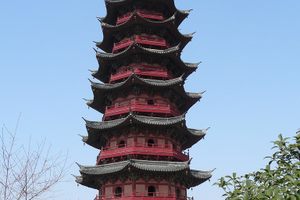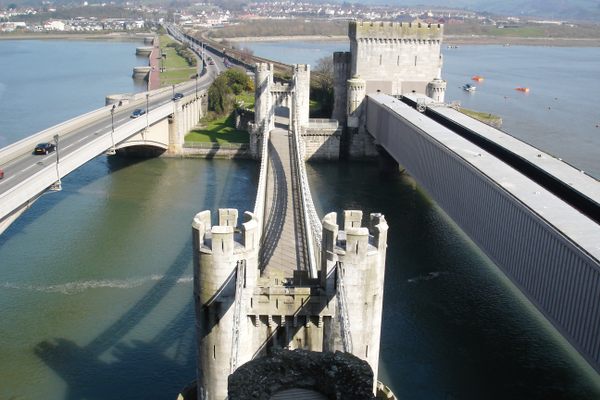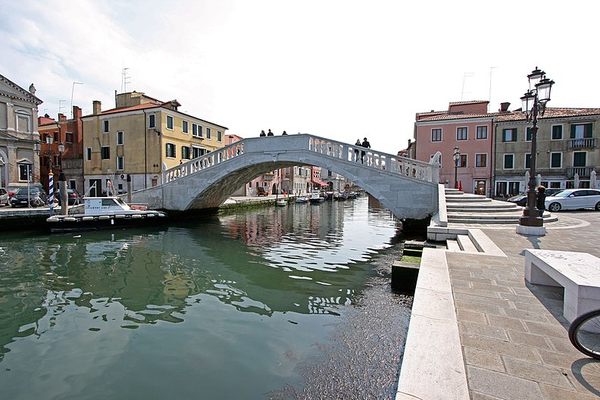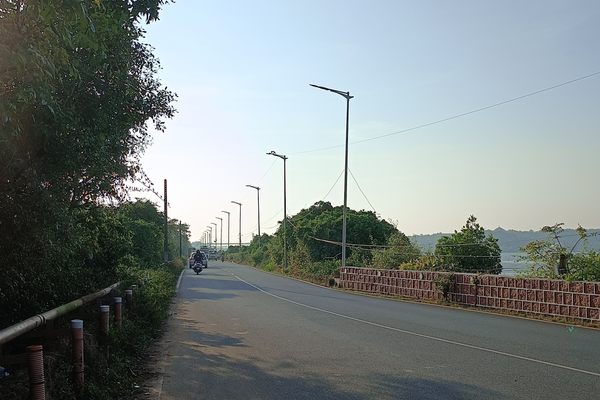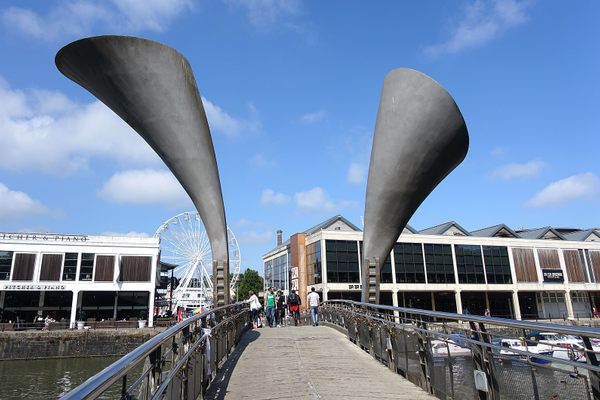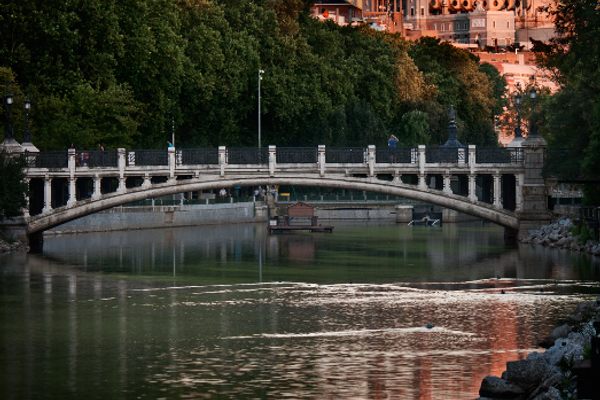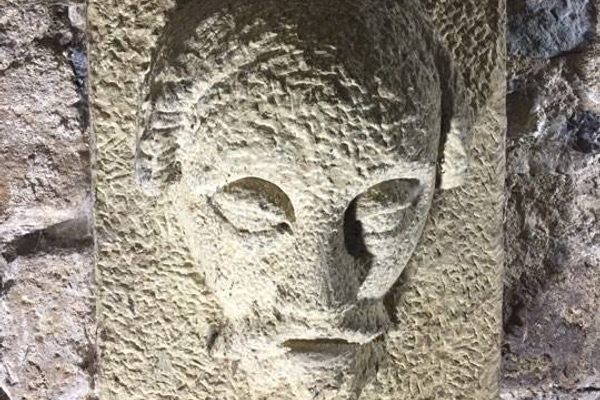About
The Grand Canal is undoubtedly one of the world's most marvelous manmade waterways, stretching more than 730 miles (1,176 kilometers) from Beijing to Hangzhou. The canal runs alongside the heart of Suzhou’s Old Town district, before cutting a wonky path not far from the hyper-modern downtown business district.
Crossing the canal using the bridge allows visitors to appreciate the scale of the waterway, as tankers continue to trudge along its waters just as silk trader ships once did centuries ago.
In Baodaiqiao (Precious Belt Bridge) Park just to the south of Suzhou Industrial Park, visitors can find this pedestrian bridge, alongside smoggy, double-decker six-lane freeway bridges. The Precious Belt Bridge is an oft-overlooked architectural beauty. The bridge is a source of local heritage and pride as it dates back to the year 816 and the Tang dynasty. Its name derives from an act of selflessness from a prefect named Wang Zhongshu. It's said that Zhongshu sold his favorite belt to help finance the bridge's construction. The bridge has been on China’s list of national monuments since 2001.
While wandering along the more than 1,000 foot (304 meters) long bridge, visitors are able to take in the amazing landscape of the adjacent park on one side, while also being confronted by the bustling grand canal and busy arterial roads leading into the industrial park on the other.
Very few places so perfectly crystallize the shift from ancient silk-road trading hub to modern industrial megalopolis as do Suzhou and the Precious Belt Bridge. This dynamic is what makes the region so unique.
Related Tags
Community Contributors
Added By
Published
February 2, 2020









